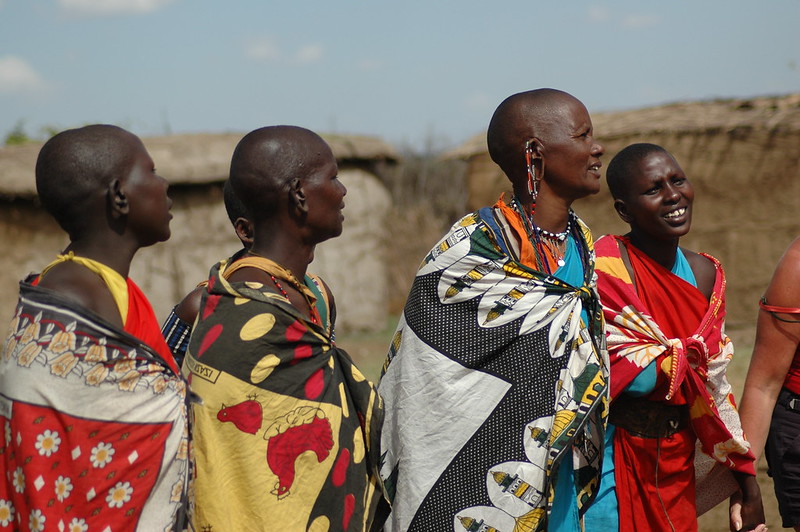 Ecotourism refers to responsible travel to natural areas that conserves the environment and improves the welfare of the local people. Conservationists describe ecotourism as a potentially positive way to use markets as direct economic incentives to protect biodiversity and landscapes and reduce poverty in Indigenous communities, offering opportunities to alleviate poverty. Ecotourism markets can act as catalysts of change with opportunities for stable employment, cultural preservation, infrastructure development and environmental sustainability. Poorly managed markets often lead to social conflict, cultural disintegration, loss of identity and resource overexploitation. Despite these ongoing challenges, ecotourism provides a sustainable path to improving livelihoods and reducing poverty in Indigenous communities when implemented responsibly.
Ecotourism refers to responsible travel to natural areas that conserves the environment and improves the welfare of the local people. Conservationists describe ecotourism as a potentially positive way to use markets as direct economic incentives to protect biodiversity and landscapes and reduce poverty in Indigenous communities, offering opportunities to alleviate poverty. Ecotourism markets can act as catalysts of change with opportunities for stable employment, cultural preservation, infrastructure development and environmental sustainability. Poorly managed markets often lead to social conflict, cultural disintegration, loss of identity and resource overexploitation. Despite these ongoing challenges, ecotourism provides a sustainable path to improving livelihoods and reducing poverty in Indigenous communities when implemented responsibly.
Cambodia’s Banteay Chhmar
The Banteay Chhmar temple in northwest Cambodia is an iconic cultural and historical site that endured years of neglect, looting and insufficient conservation funding. Khiri Travel, a sustainable travel company, partnered with the local community in 2007 to develop a community-based tourism project that aimed to generate income for local villagers and conservation while providing authentic experiences for visitors. Central to the project is the involvement of local villagers and the improvement of community infrastructure, including clean water access and waste management systems. Since its launch, the project has generated more than $100,000 in revenue per year and created employment opportunities for more than 100 villagers. The project has won several awards for its innovative and sustainable approach, serving as a model for similar initiatives in Cambodia and beyond.
The Maasai Community in Kenya
In Kenya, the Maasai community has embraced ecotourism as a means to reduce poverty while preserving their unique cultural identity and the natural environment. Through initiatives like the Mara Conservancies, local Maasai landowners partner with tourism operators to create community conservancies, with agreements that ensure a portion of tourism revenue is directed toward local development projects, including schools, health care facilities and water systems. Ecotourism projects in the Maasai community have provided numerous employment opportunities for community members, introduced programs to preserve traditional Maasai practices and incentivized sustainable land management. By empowering the local community, fostering cultural preservation and promoting sustainable practices, ecotourism offers a pathway for the Maasai community to thrive economically while safeguarding their heritage and ecosystems.
The Potato Park in Peru
In the Andes of Peru, the Potato Park is a pioneering example of ecotourism that is driven by indigenous knowledge and biodiversity conservation. Local Quechua communities manage the park and dedicate it to preserving the hundreds of native potato varieties that define the region’s agricultural heritage. Revenue from ecotourism has improved local livelihoods, reduced poverty in Quechua communities and strengthened cultural identity and food sovereignty. The Potato Park serves as a global model for integrating ecotourism, conservation and sustainable development, inspiring similar projects by showing how traditional knowledge drives conservation and development. The park’s successes underscore its role as a transformative tool for poverty reduction and environmental stewardship.
Balancing Opportunities and Challenges
While ecotourism has emerged as a transformative tool for reducing poverty in Indigenous communities, there are also potential challenges. There is a risk of cultural commodification, where the need to cater to tourists may pressure communities to alter or commercialize cultural traditions. In addition, relying on tourism revenue makes communities vulnerable to external shocks, such as economic downturns or global crises like the COVID-19 pandemic.
Despite this, there have been numerous successful examples of ecotourism projects. These cases demonstrate how ecotourism, when implemented responsibly, can potentially provide a sustainable means of poverty alleviation. To maximize the benefits of ecotourism, initiatives could prioritize community involvement, transparent governance and adaptive strategies that ensure resilience against external shocks. By empowering local communities, fostering cultural preservation and promoting environmental stewardship, ecotourism initiatives offer a pathway to reducing poverty in indigenous communities while safeguarding their heritage for future generations.
– Isobel Hurst
Isobel is based in Manchester, UK and focuses on Good News and Politics for The Borgen Project.
Photo: Flickr
 Barbados generates
Barbados generates 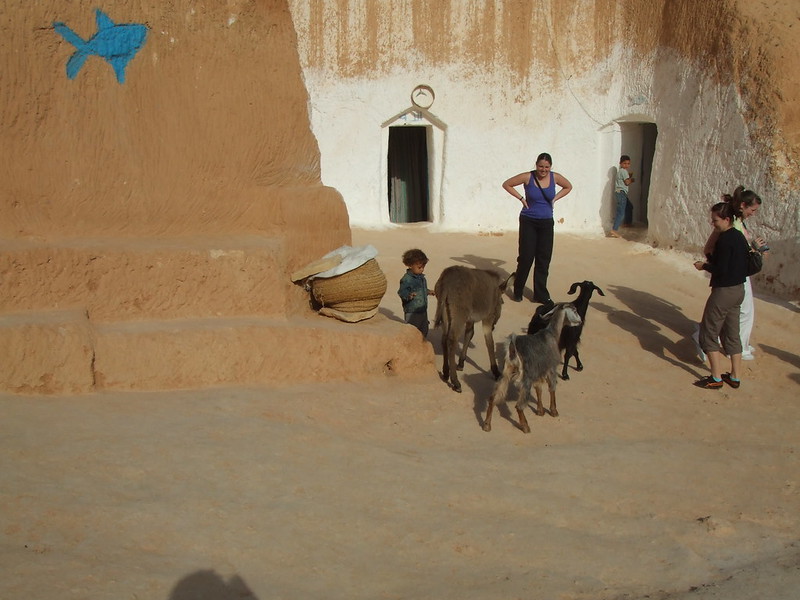 Historic troglodyte homes,
Historic troglodyte homes,  The
The 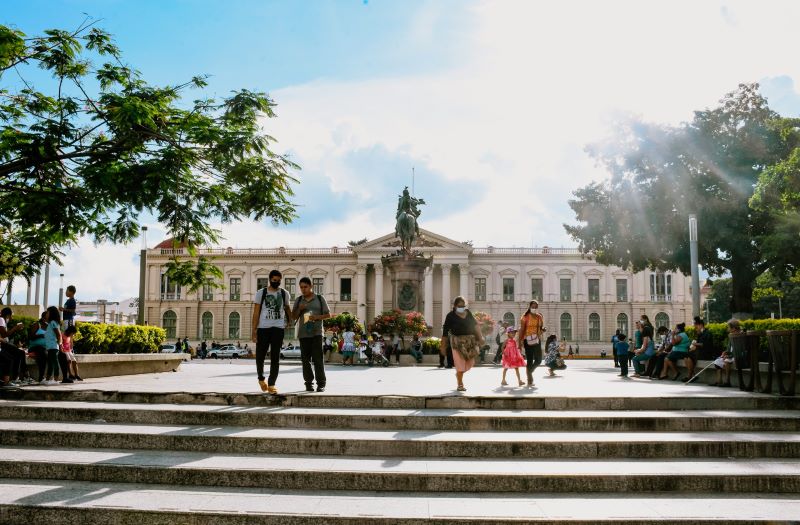


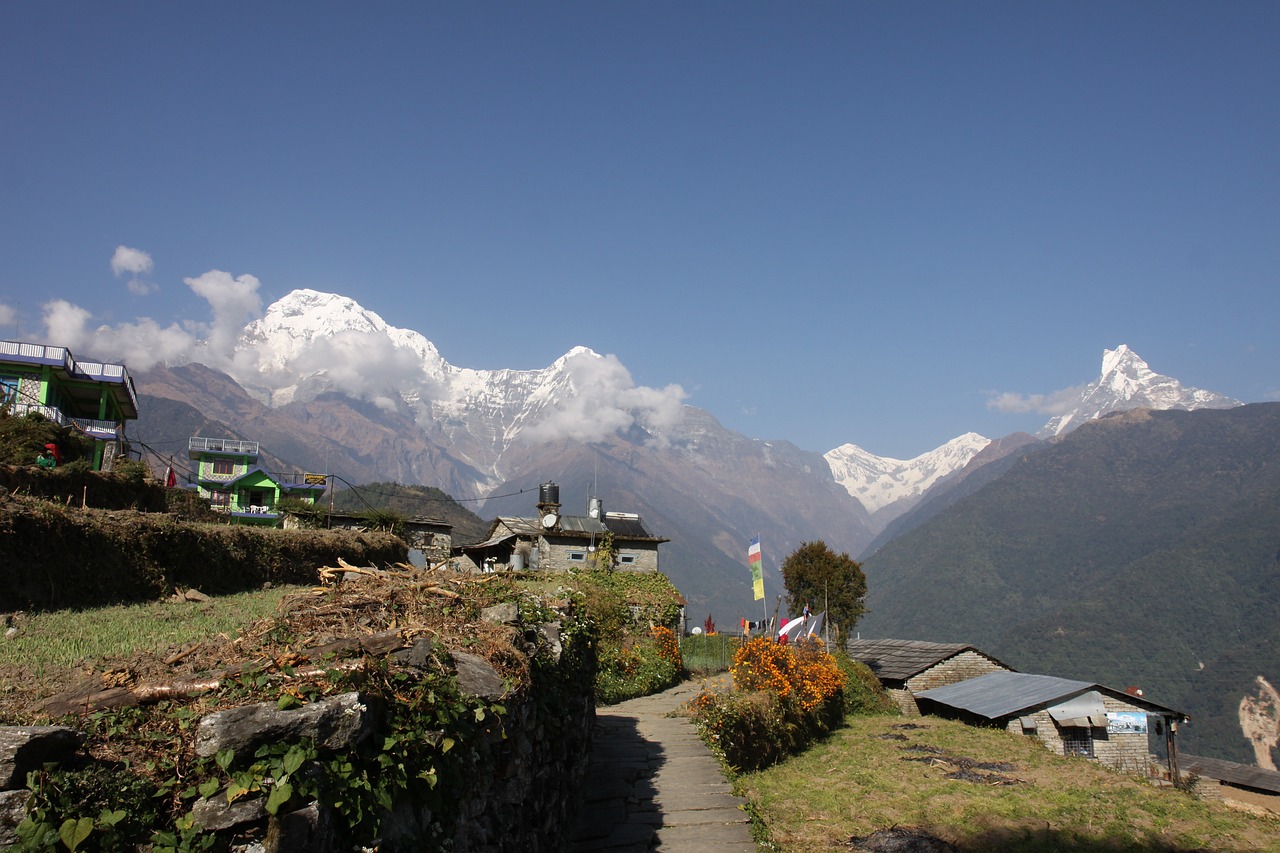
 In recent years, Hawaii’s tourism dilemma has come to the forefront, shedding light on the intricate balance between economic prosperity and environmental and socioeconomic concerns. Local voices have highlighted the trains on resources, rising costs of living and housing and cultural erosion caused by mass tourism. This exploration delves into Hawaii’s tourism dilemma, dissecting its multifaceted impacts and the possibility of a balanced future.
In recent years, Hawaii’s tourism dilemma has come to the forefront, shedding light on the intricate balance between economic prosperity and environmental and socioeconomic concerns. Local voices have highlighted the trains on resources, rising costs of living and housing and cultural erosion caused by mass tourism. This exploration delves into Hawaii’s tourism dilemma, dissecting its multifaceted impacts and the possibility of a balanced future. 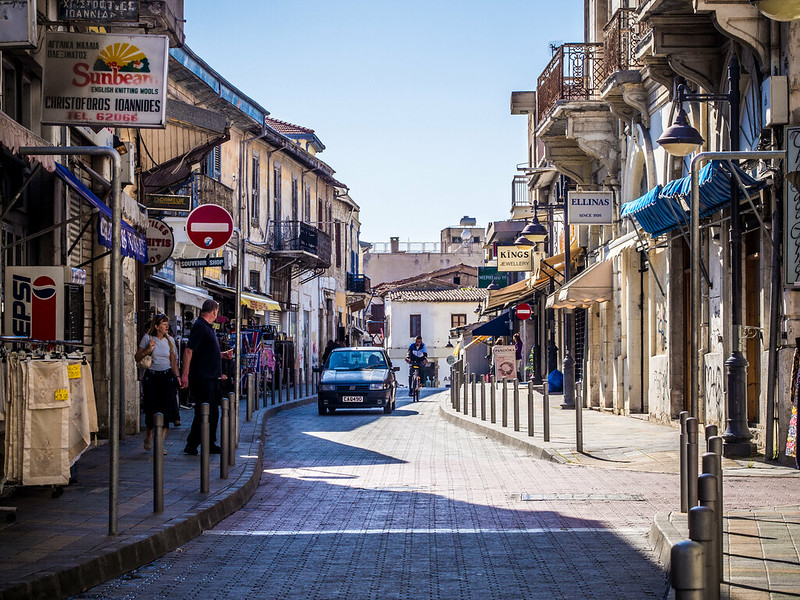 Situated south of Turkey in the Mediterranean Sea, Cyprus is a small island with
Situated south of Turkey in the Mediterranean Sea, Cyprus is a small island with 